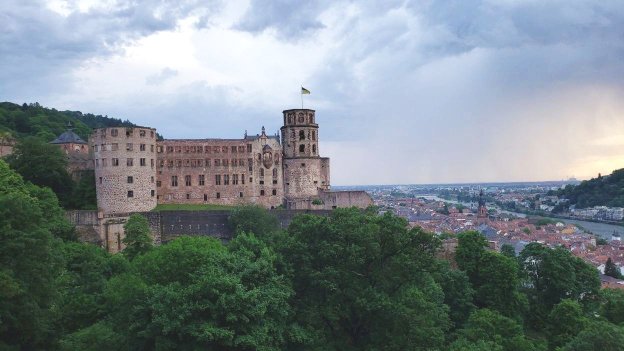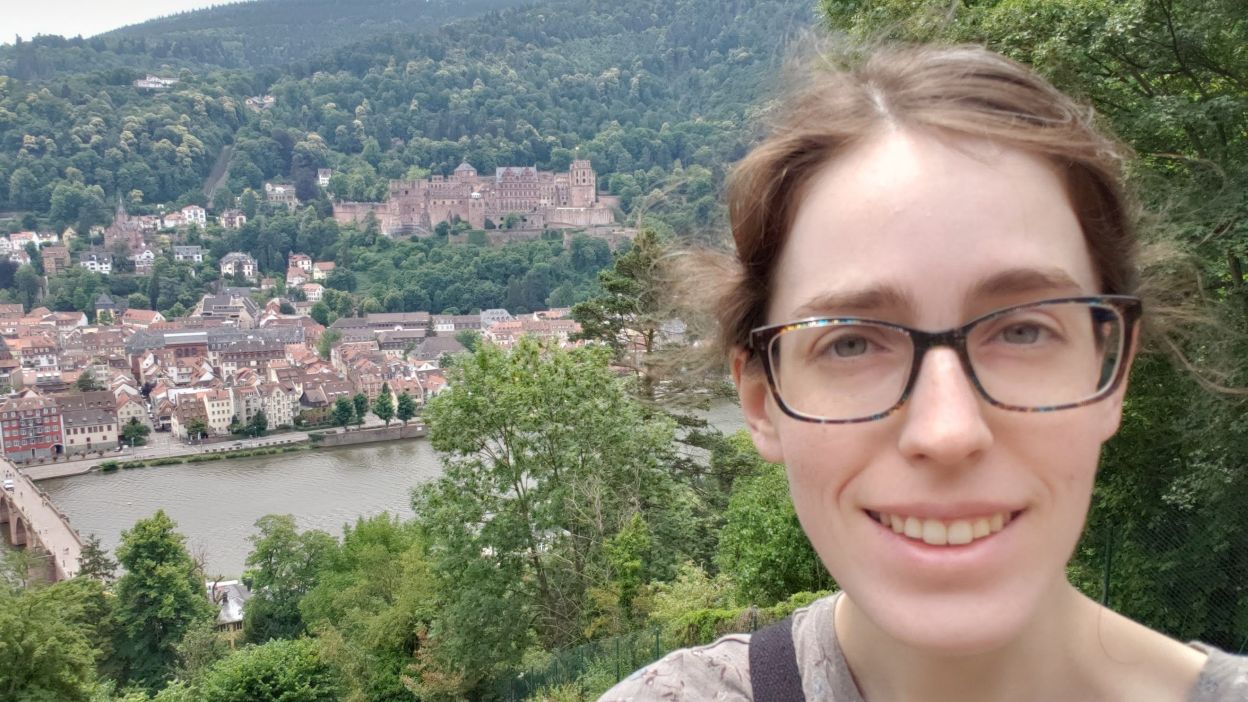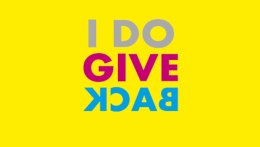Alexandra Baumgart
 Privat
Privat
Alexandra Baumgart's first view of the Heidelberg Castle
"Through the generous support of the DAAD-Stiftung's Respekt & Wertschätzung Scholarship, I had the amazing opportunity to conduct research in Heidelberg. This month abroad both broadened my skillset as a scientist and provided me with meaningful intercultural experiences."
Having been awarded a Respekt & Wertschätzung Scholarship that was made possible with the funding of Dr. Aven to the DAAD-Stiftung, Alexandra Baumgart spent one month conducting research for her doctoral dissertation at the Heidelberg Institute for Theoretical Studies (HITS).
In the following, she talks about her research project at the HITS:
I would like to sincerely thank the DAAD-Stiftung and Dr. Michael Aven for the opportunity to do research in Germany. I would also like to thank Prof. Friedrich Röpke for hosting me in the Physics of Stellar Objects (PSO) research group at the Heidelberg Institute for Theoretical Studies (HITS). While my stay in Heidelberg was just over a month, it was a valuable experience both scientifically and culturally.
At HITS, I worked with an astrophysics code called LEAFS (Level-set Astrophysical Flame Simulations), which is used for performing simulations of type Ia supernovae. My main field of study is mechanical engineering, with a focus on fluid mechanics and combustion, so it was very enlightening to work in an astrophysics group. Some of the big picture aspects of astrophysical simulations overlap with fluid mechanics and combustion simulations: the equations describing fluid flow are the same, and many of the numerical methods are shared by both scientific communities. However, there are many challenges specific to astrophysical simulations: the role of the star’s gravity, the huge range of length scales involved, and the expansion of the star during the explosion, to name a few.
The goal of my research visit was to implement a new hydrodynamics solver into the LEAFS code. This new solver is intended to improve the ability of the code to preserve symmetry. In one month, I was able to implement my hydrodynamics solver in the main code. Discussions with members of the PSO group proved very helpful for understanding and debugging the code. Simulations of white dwarfs in hydrostatic equilibrium verified the implementation of geometry and gravitational terms. While some features still require debugging, initial simulations of type Ia supernovae show promise. Although I have had to catch up on my main PhD project since returning to the US, I am hoping to continue working with HITS on this project in the future.
Beyond my project, another aspect of astrophysics research I learned a lot about during my stay at HITS was the importance of observational data. Coffee breaks and journal club meetings among the astrophysics and astronomy groups served as a platform for discussing recent papers. Unlike many areas of research, in astrophysics, experiments are not possible; observations are therefore necessary for validating computer models. I knew next to nothing about observational astronomy when I started at HITS, so it was very interesting to learn about what data is available and how it can be interpreted.

Privat
Walking along the Philosophenweg in Heidelberg
I enjoyed my time at HITS. While there were several German students, there were many more from other countries all over Europe. Most of my fellow students in the US are from North America or Asia, so I was able to learn about other cultures through talking with students at HITS. Daily coffee breaks, regular happy hours and dinner outings helped me socialize and get to know the other students, both from the PSO group and from other research groups at HITS.
I was fortunate to be able to stay with two graduate students (one also at HITS); they made me feel welcome as soon as I arrived in Heidelberg. During my stay, I took the weekends and holidays to explore — I soon learned that weekends and holidays are taken very seriously in Germany — and to plan my grocery shopping accordingly. At the end of my first week in Heidelberg, a few researchers I met at HITS showed me my first view (of many) of the castle, just a short walk from the institute. A torrential downpour soon after made the warm, hearty German meal that followed very satisfying.
In Heidelberg, I enjoyed going for walks on the scenic Philosophenweg along the Neckar river. In June, the 9 Euro-Ticket enabled me to easily explore nearby cities by train. In much of the US, it is virtually impossible to get anywhere by public transportation, so this was a very refreshing experience. I ventured across the French border to Strasbourg and climbed the cathedral. I hiked in the forests near Bad Peterstal in Schwarzwald. I explored museums in Mainz, Speyer and Mannheim. I toured the impressive Würzburg Residence. In complete contrast to the US, it seemed that every city had its own castle and/or cathedral(s), built hundreds of years ago. In addition to classic German foods, I tried regional specialties including Flammkuchen and Pfälzer Saumagen. On my last night in Heidelberg, my flatmates taught me to make Semmelknödel.
Overall, I had an amazing experience in Germany — if anything, the month of my visit went by too quickly. Back in the US, I am finishing up the last two years of my PhD. I plan to continue my research career afterwards — perhaps continuing to collaborate with astrophysicists. I am very grateful to the DAAD-Stiftung, Dr. Aven and Prof. Röpke for this opportunity, and I hope to visit Germany again soon.
As of September 2022.


